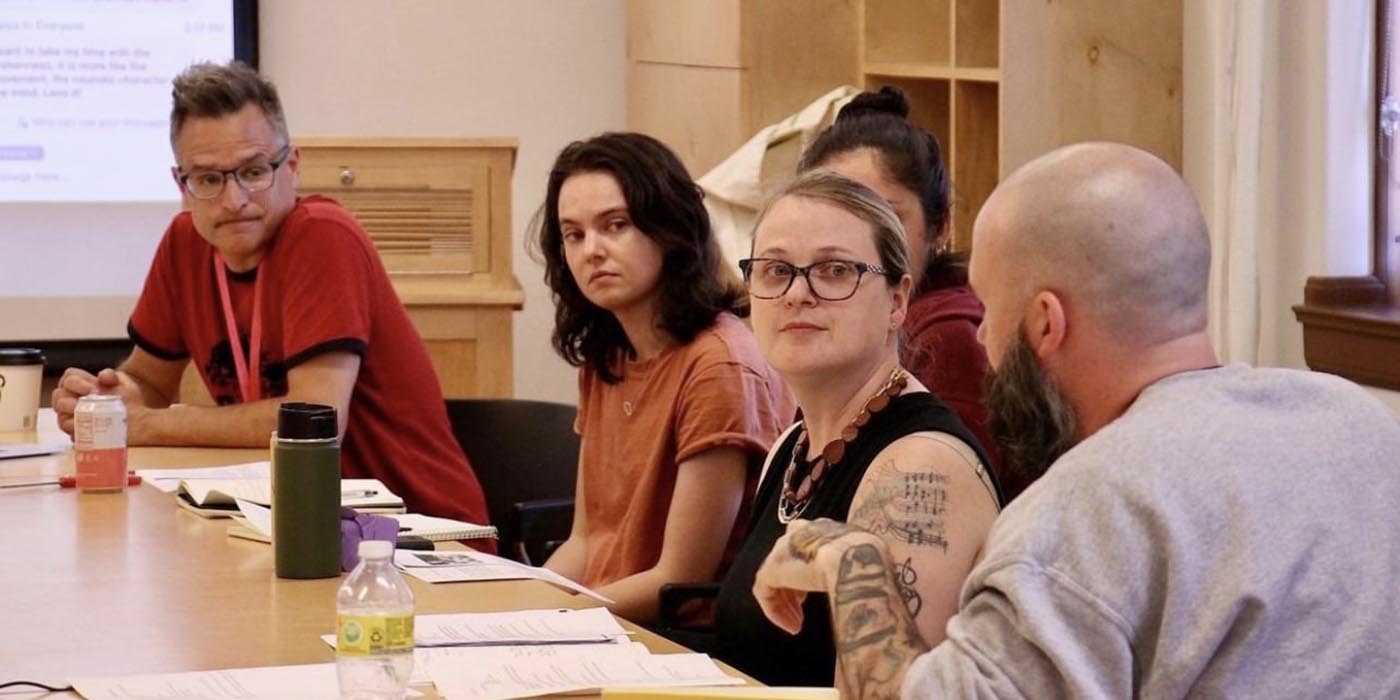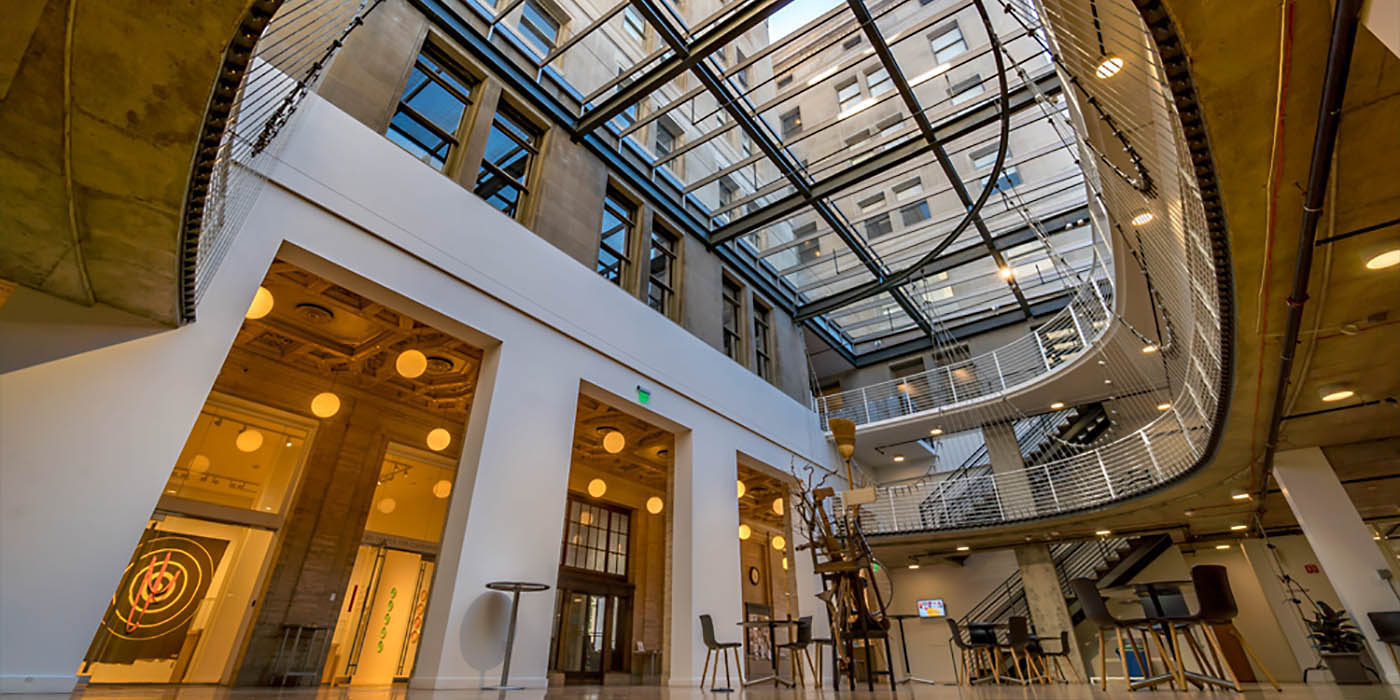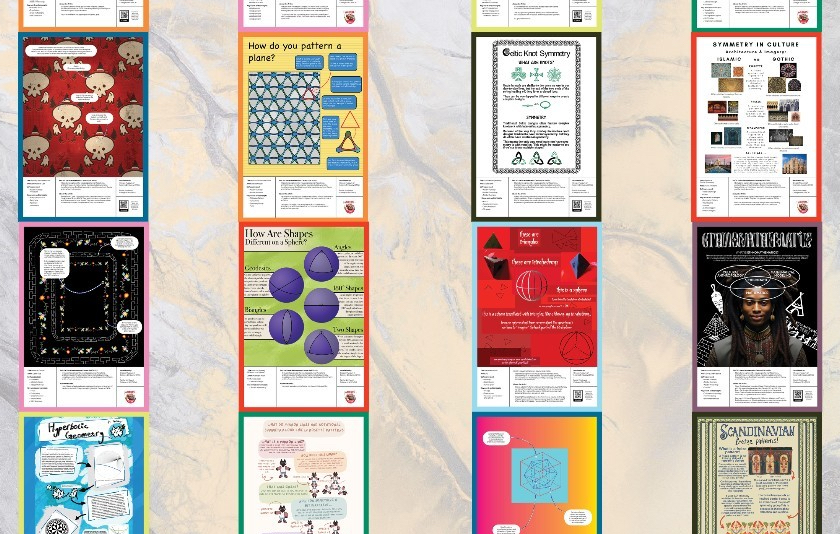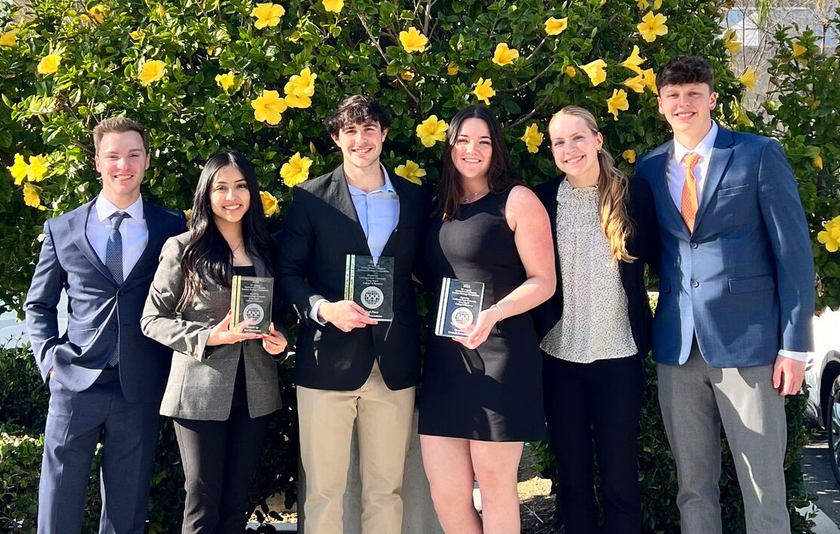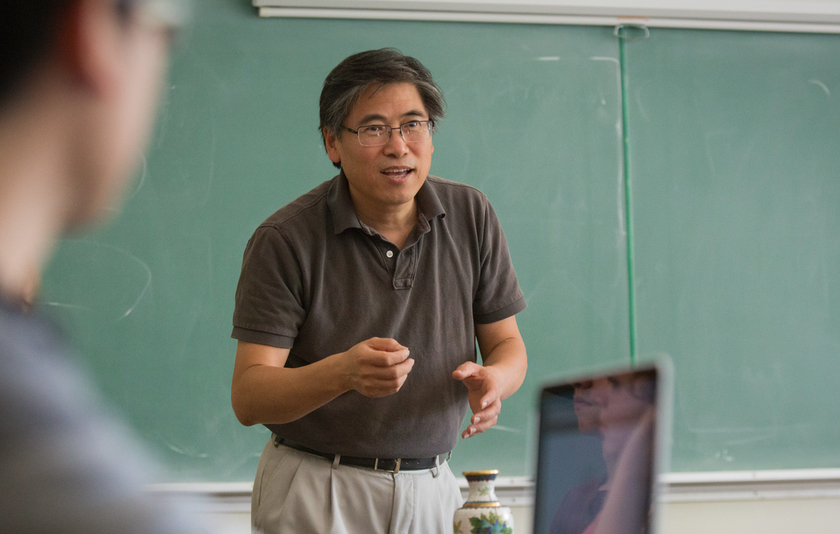In the Pacific Northwest College of Art’s Low Residency MFA in Creative Writing program, “students can do things most programs don’t have the resources or space to do,” said Director Jay Pontieri.
Twice a year, award-winning authors and artists from across the nation gather on campus to lead workshops and readings and mentor students. But unlike other writing programs, students aren’t just honing the written word — they’re creating chapbooks, designing a comic book or perfecting a performance piece.
Integrating different forms of writing, genres and formats — including print, digital, sound and text-image — into multidimensional works makes the school of art and design program stand out. At PNCA, language is one of many materials available to students.
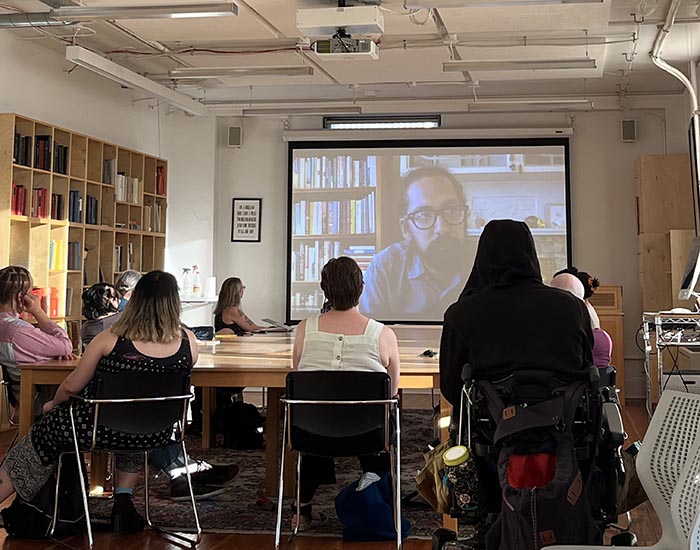
A diverse and gifted group of authors guide this process each year. Past guests have included actress, screenwriter and author Reema Zaman, poet, novelist, essayist and artist Renee Gladman, poet Cedar Sigo and author and founder of Live, Write Venita Blackburn. Most recently, K-Ming Chang, the 2021 PEN/Faulkner Award for Fiction winner, and LaTanya McQueen, a 2022 National Endowment of the Arts grant winner, were featured in the program.
Residencies are packed with events that run for 10 days straight in early January and again in late June. Afterward, students sketch out next steps, return home and devote at least 30 hours to the program per week, part of which is spent communicating with faculty mentors.
“But the core of the exchange is the old model of letter writing faculty and students use to connect with each other,” said Ponteri. “It hearkens back to the first way writers taught writers, which was through correspondence.”
The epistolary method stood out the most to Joanna Kaufman MFA ’21, who felt its thoughtful and deliberate nature added more depth to the relationships formed with faculty and students.
“Communication happens so quickly now, and there’s an expectation that it will happen quickly,” she said. “We don’t have the time to compose our responses or answers. I really appreciated how timeless and beautiful it felt to write letters.”
Balancing an active writing schedule with regular life prepares students for long term success. As the MFA doesn’t require major adjustments — no need to move to Portland, quit a job or halt prior commitments — graduates sustain their writing practices. Many emerge with work they’re ready to submit to magazines or assistantships under their belt so they can teach classes. Others are content to stay in their current job, such as one full-time marketing director who simply wanted to cultivate the craft.
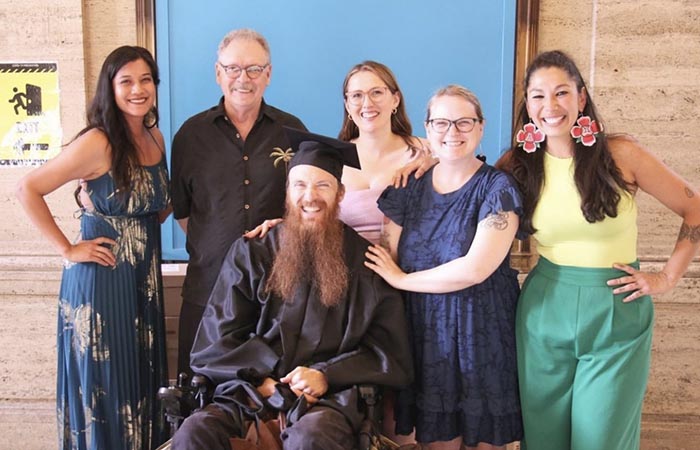
Kaufman was an established painter and illustrator before she attended the program. In the past year since she graduated, she’s been able to imagine projects and work that integrate her range of interest in a more holistic way, she said.
“Before, it almost felt as if I needed to categorize projects into different spheres,” she said. “But the program afforded me the time and space to practice what it means to be an artist who is also a writer.”
Low residency creative writing programs have offered students a work-life balance for decades. First launched in Vermont in the mid 70s, the program was initially designed for women, especially ones with families, who wanted a graduate degree without attending full time. Today, programs are designed to fit the needs of all students.
Flexibility and inclusion is important to Ponteri. He’s hoping to offer a fully remote option at PNCA in the future — it would better serve disabled students who want or need to complete the program at home and those who want to avoid flying during the pandemic. But for now, the current structure serves working adults well.
“I could scale back my work to part-time and devote the rest of it to the program,” said Kaufman. “It was the perfect amount of time for me.”

